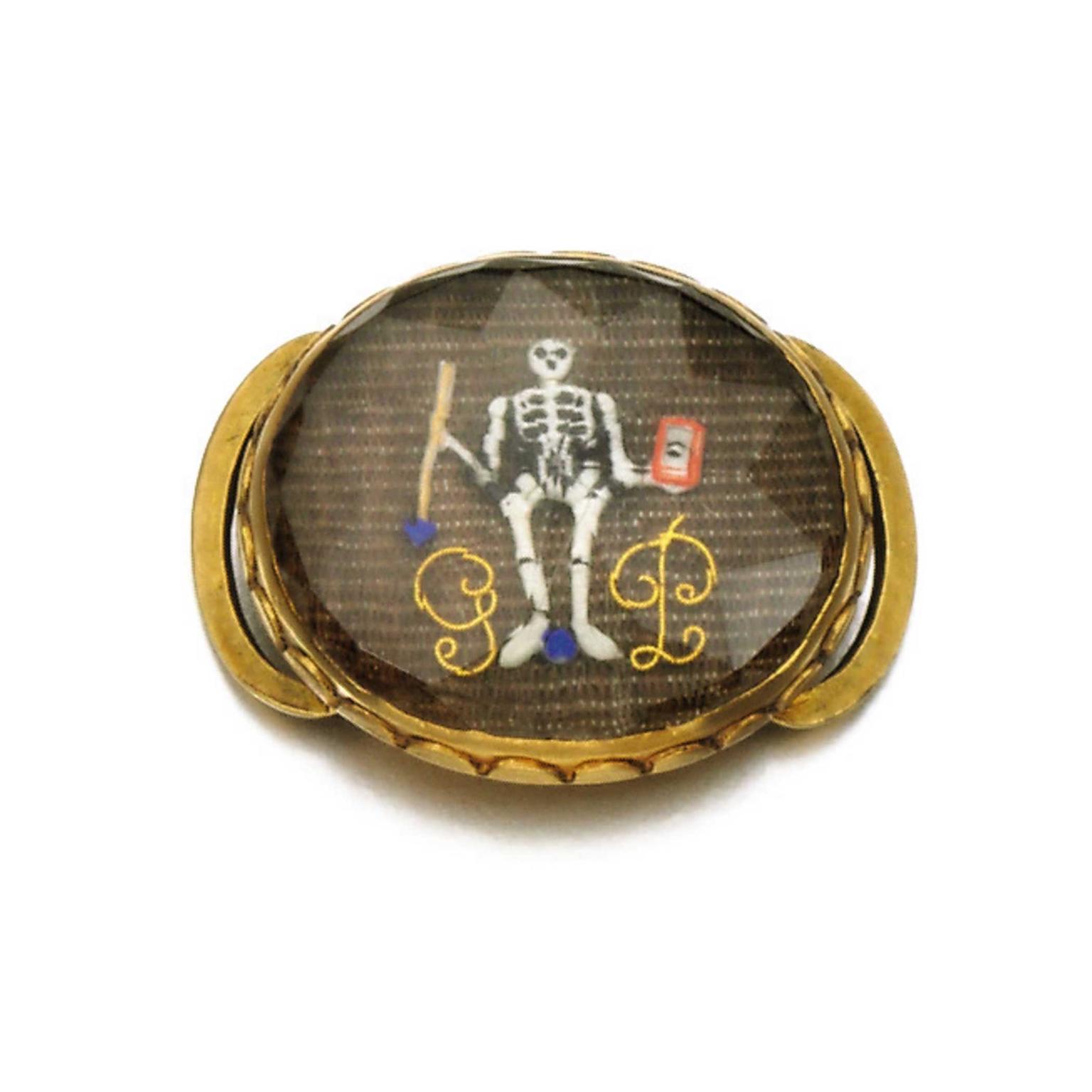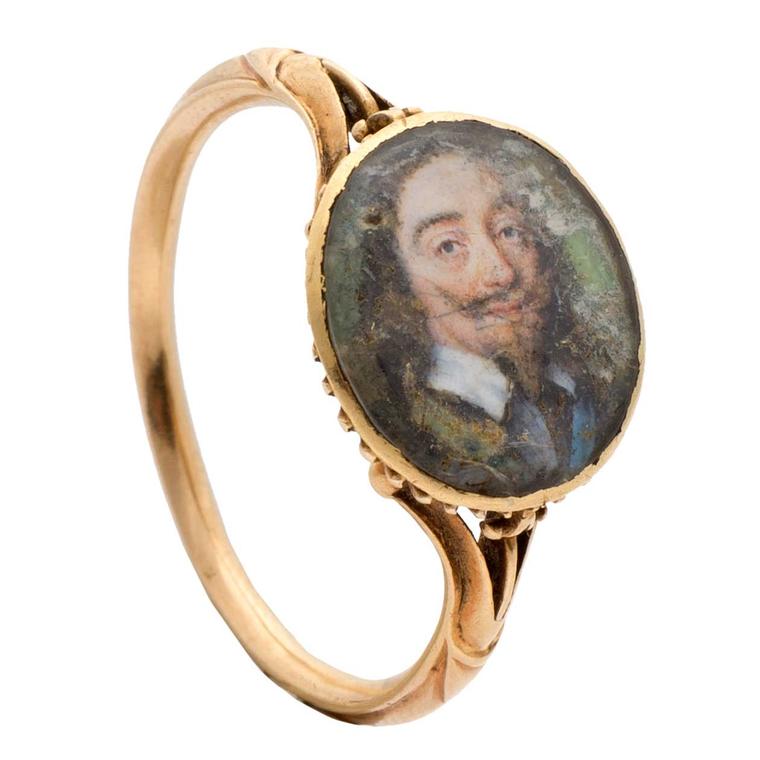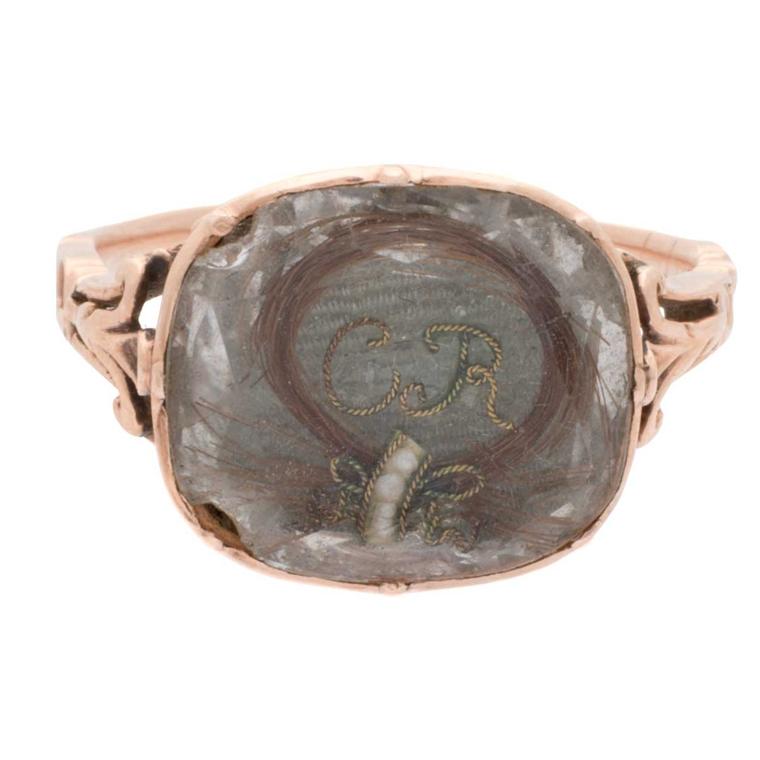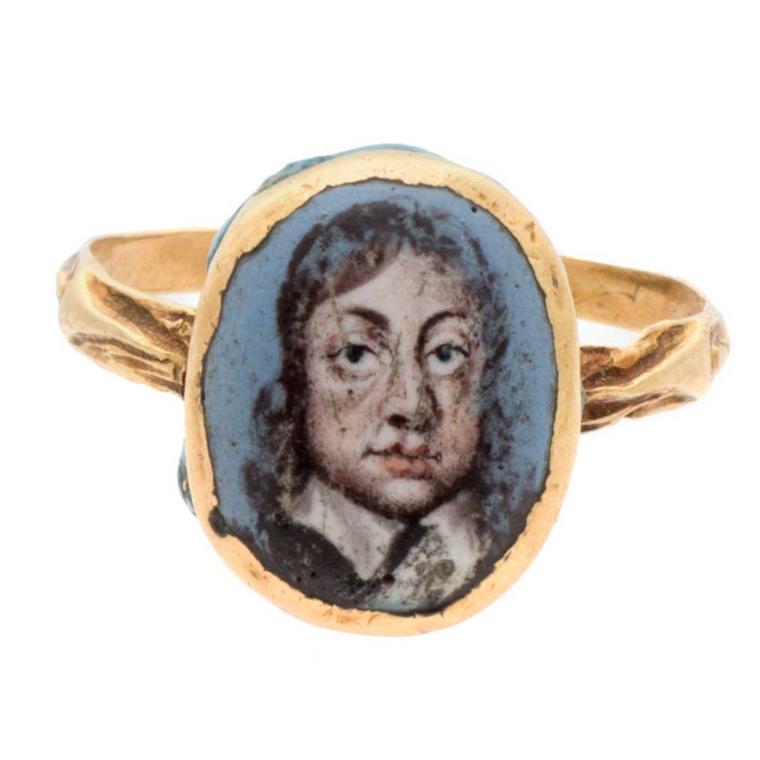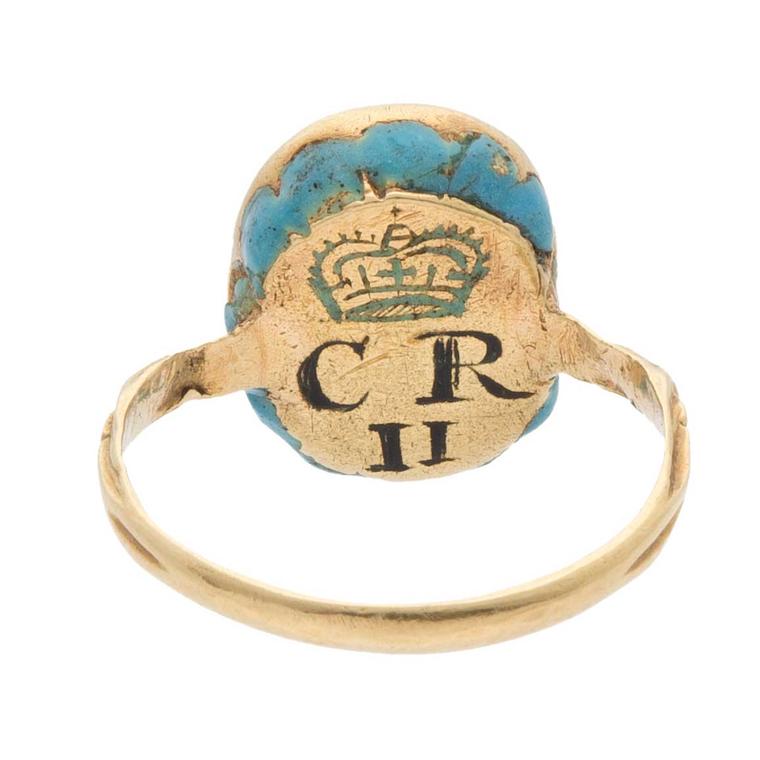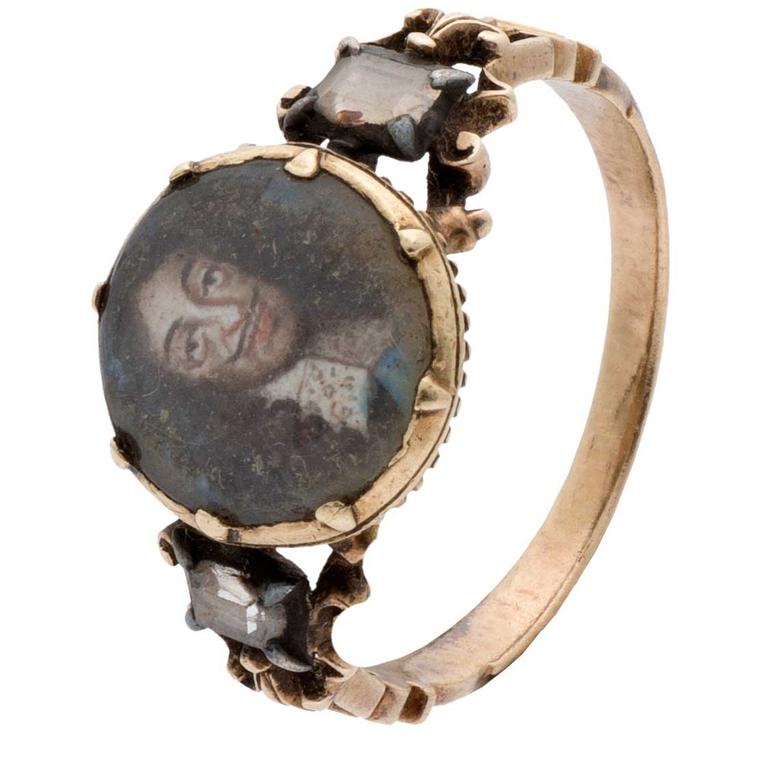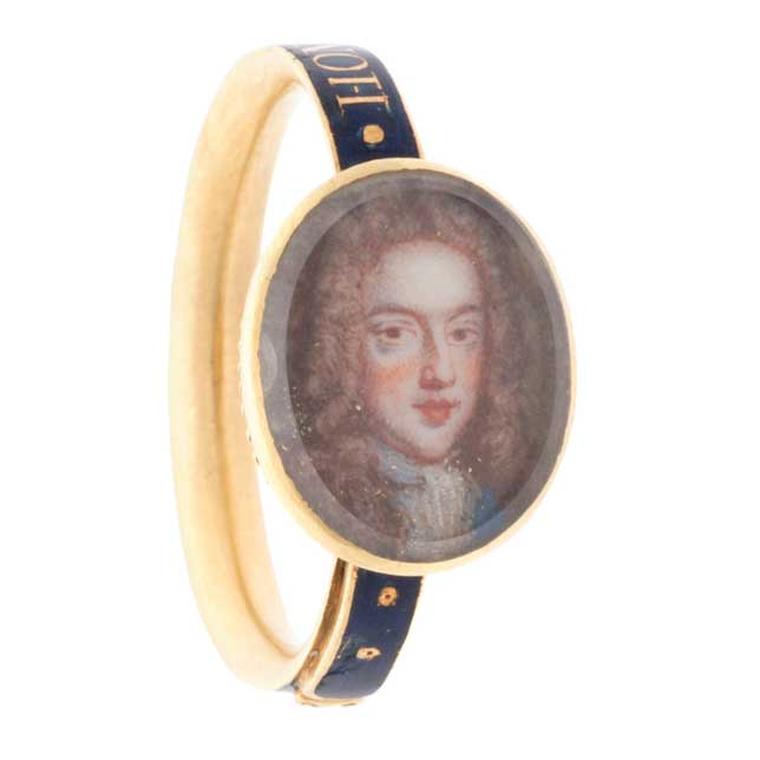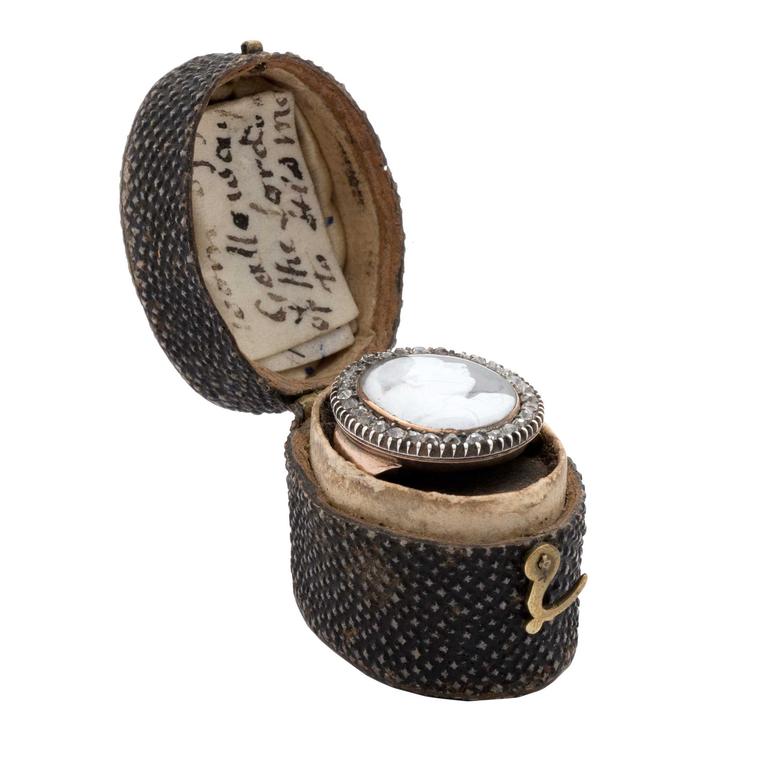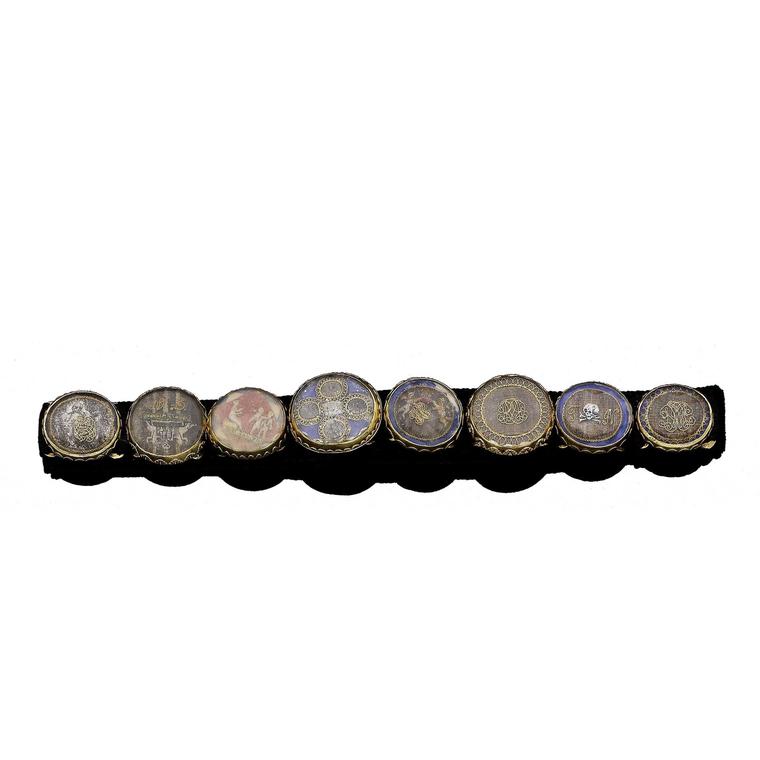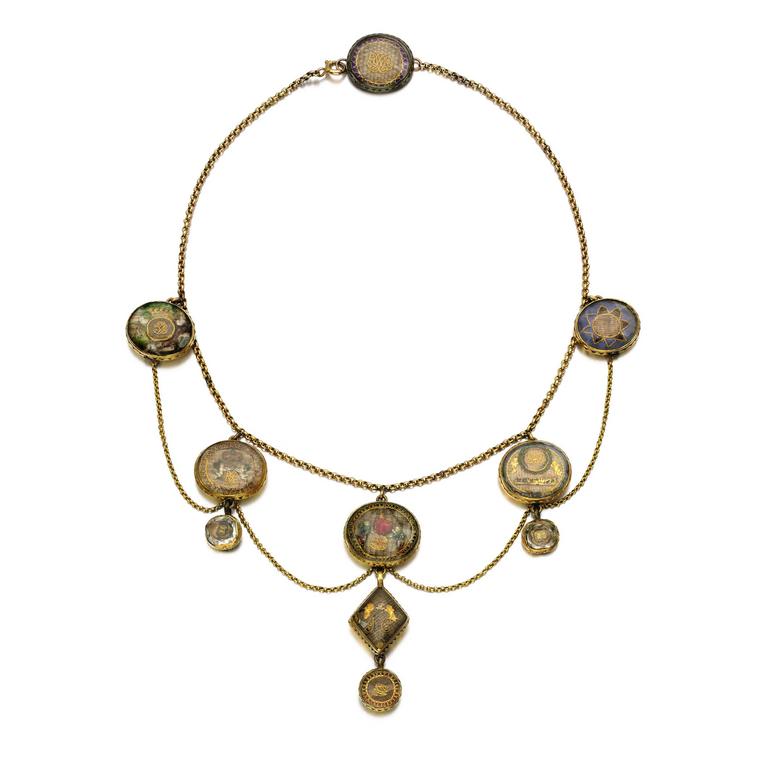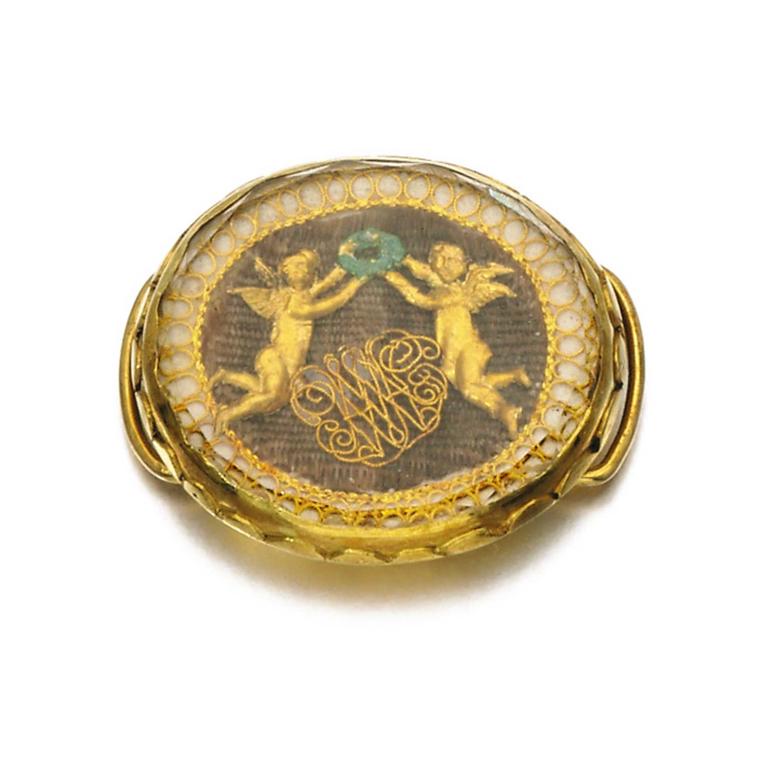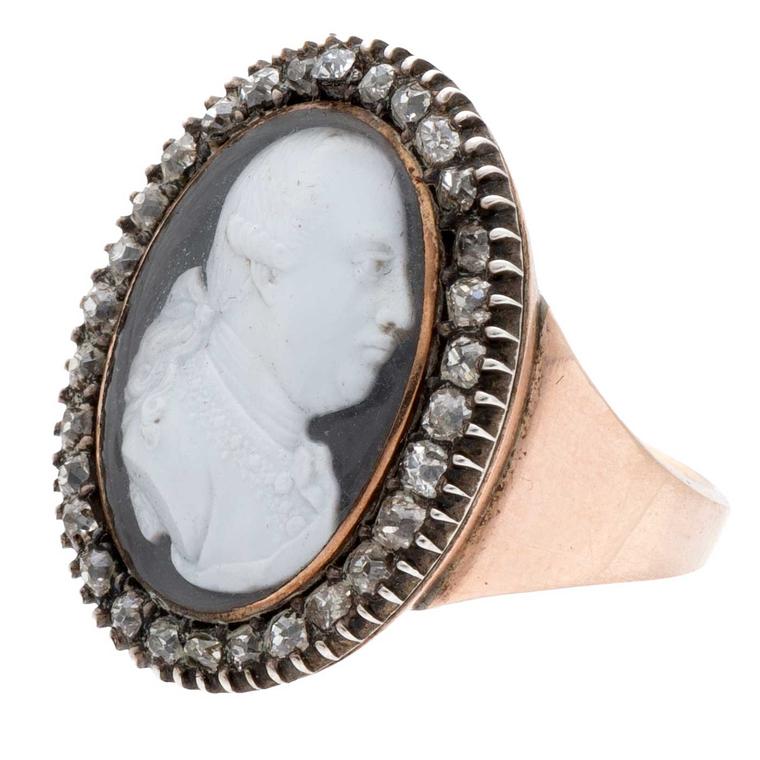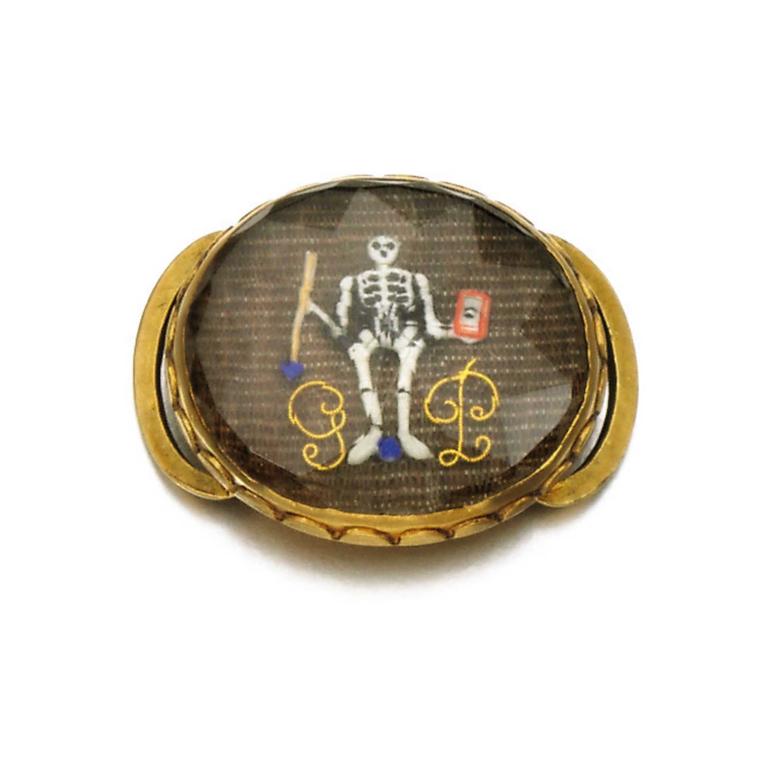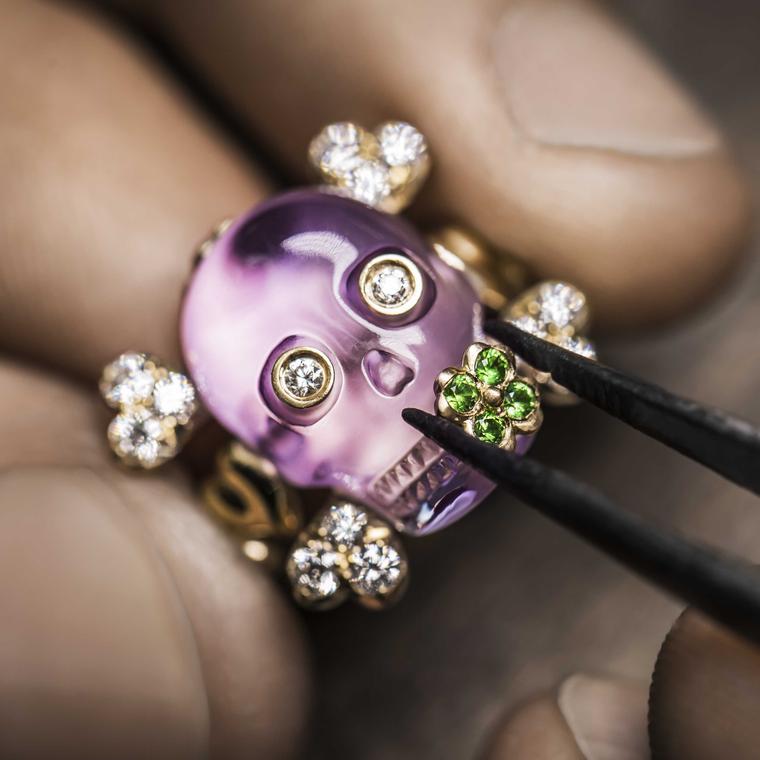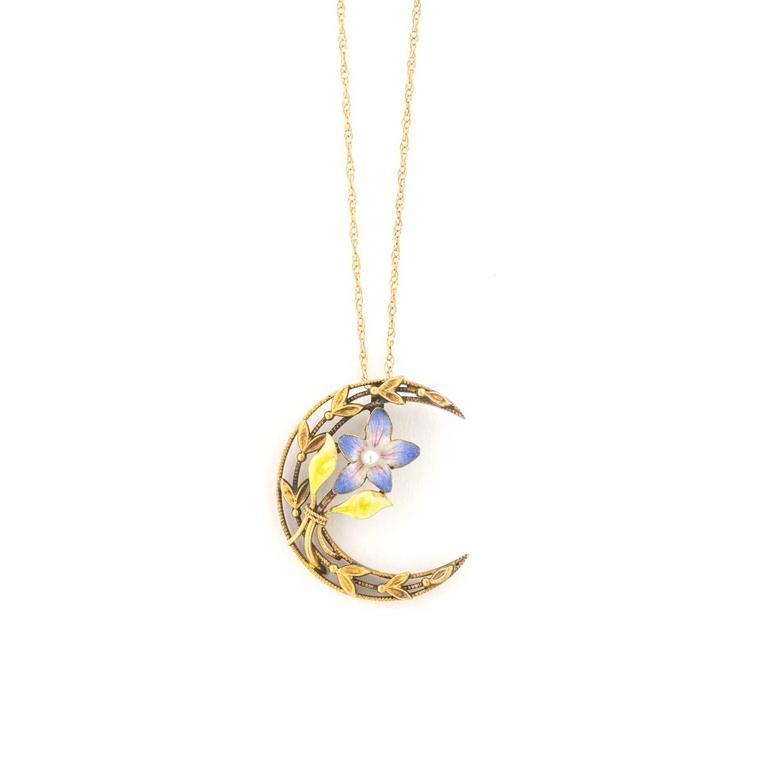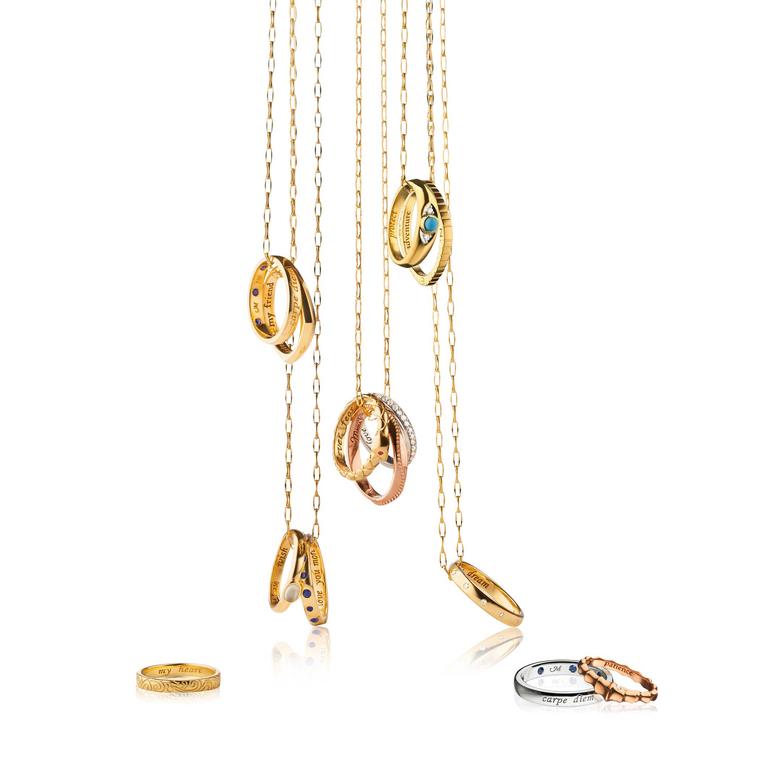By Paula Weideger
Skulls - with and without crossbones - are currently high style. Think rock stars, Alexander McQueen, Damien Hirst. But reminders of death, known as memento mori jewellery, are as old as ancient Rome, and a good number of them dating back to the 17th century make their way to market.
It may be that during that time of seemingly unending war and plague, death was more than usually on people’s minds. Another related category of antique jewellery were those pieces made to remind the wearer of a dear friend, loved one or powerful ruler now deceased. Sometimes money to make such sentimental jewellery (usually rings) was bequeathed in wills of the person - usually male - to be commemorated.
At London Masterpiece in June, Les Enluminures launched the Galloway rings - a collection of six 18th century memorial rings, most of which commemorate the lives of kings Charles I and Charles II. Despite what you may think, none of these jewels are grim. On the contrary, Stuart crystals - English memento mori jewellery of the 17th century - are often pretty. They have the added advantage of also being exceptionally good value. At a 1989 sale at Christie’s, a necklace made up of Stuart crystals fetched £19,000. Last month at Sotheby’s, a Stuart crystal necklace fetched £4,375. Although, generally, over the last couple of years, the market for Stuart crystals has been flat - not good news for dealers, but for buyers it is an opportunity.
Stuart crystals are set as rings, slides, earrings, necklaces or even cufflinks, and all share this single feature - displayed behind a small rock crystal, often faceted, is a miniature scene. It may be a lock of hair, or it may be a skeleton - either upright or stretched out vertically. At Sotheby’s Fine Jewellery sale in June, a slide revealed a positively jaunty skeleton that stood facing front, a staff in one hand and a red hourglass in the other. It sold for £4,750 - four times its low estimate.
Angels are another favoured subject, often in pairs. A slide in which two floating angels hold up a laurel wreath above intertwined initials fetched £1,188 in the same sale. Elaborate, intertwined figures or motifs in gold wire are also a feature. An example of the latter was one of a group of eight that sold at Bonhams for £5,000.
These reminders of mortality shouldn’t be viewed as depressing; they ought to encourage us to pay attention to the living and to make the most of being alive.


